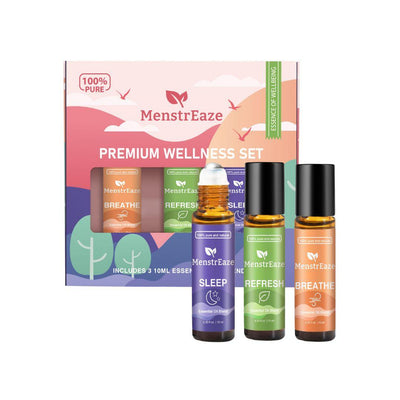In an era where sleep disorders affect millions globally, natural solutions are gaining attention among researchers and healthcare practitioners. A particularly promising approach involves the use of a specialized essential oil blend that combines Mandarin, Lavender, Tangerine, and German Chamomile oils. This carefully crafted combination leverages the therapeutic properties of each component to create a comprehensive sleep-promoting solution.
Lavender (Lavandula angustifolia)

Lavender (Lavandula angustifolia) serves as the cornerstone of this blend, bringing well-documented sleep-enhancing properties to the table. Its primary active compounds, linalool and linalyl acetate, have been shown to increase slow-wave sleep and reduce sleep latency - the time it takes to fall asleep. Clinical studies have demonstrated that lavender's effects aren't just subjective; they create measurable improvements in sleep quality and duration.
Mandarin (Citrus reticulata) and Tangerine (Citrus reticulata blanco var tangerina)

The inclusion of two citrus oils - Mandarin (Citrus reticulata) and Tangerine (Citrus reticulata blanco var tangerina) - might seem counterintuitive in a sleep blend, as citrus is often associated with energizing properties. However, these oils contain specific compounds, particularly limonene, that demonstrate remarkable calming effects through their interaction with the body's GABA system. This neurotransmitter system plays a crucial role in reducing neural excitability throughout the nervous system, promoting relaxation and sleep.
German Chamomile (Matricaria Chamomilla)

German Chamomile (Matricaria Chamomilla) rounds out the blend with its unique compound chamazulene and α-bisabolol. These components work through multiple pathways, including GABA receptor modulation and inflammation reduction. Chamomile's traditional use as a sleep aid has been validated by modern research, showing its ability to improve both sleep quality and stress reduction.
Multi-Targeted Approach
What makes this blend particularly effective is its multi-targeted approach. While single essential oils can be beneficial, this combination addresses various aspects of sleep disruption simultaneously. The immediate relaxation provided by the citrus components helps ease the transition to sleep, while lavender and chamomile work to maintain sleep quality throughout the night.
The synergistic effects of these oils create a cascade of biological responses:
- Enhanced GABA receptor activity, promoting natural sedation
- Reduced cortisol levels, helping to manage stress-related sleep issues
- Increased parasympathetic nervous system activity, supporting the body's natural rest-and-digest state
This natural approach offers advantages over conventional sleep medications, including fewer side effects and no risk of dependency.
However, it's important to note that while these natural compounds are generally safe, proper application methods are crucial. As with any therapeutic approach, individuals with specific health conditions or those taking medications should consult healthcare providers before incorporating new elements into their sleep routine.
This scientifically-supported blend represents a bridge between traditional wisdom and modern research, offering a natural solution for those seeking to improve their sleep quality. As sleep science continues to advance, such evidence-based natural approaches may become increasingly important in our collective pursuit of better rest.







